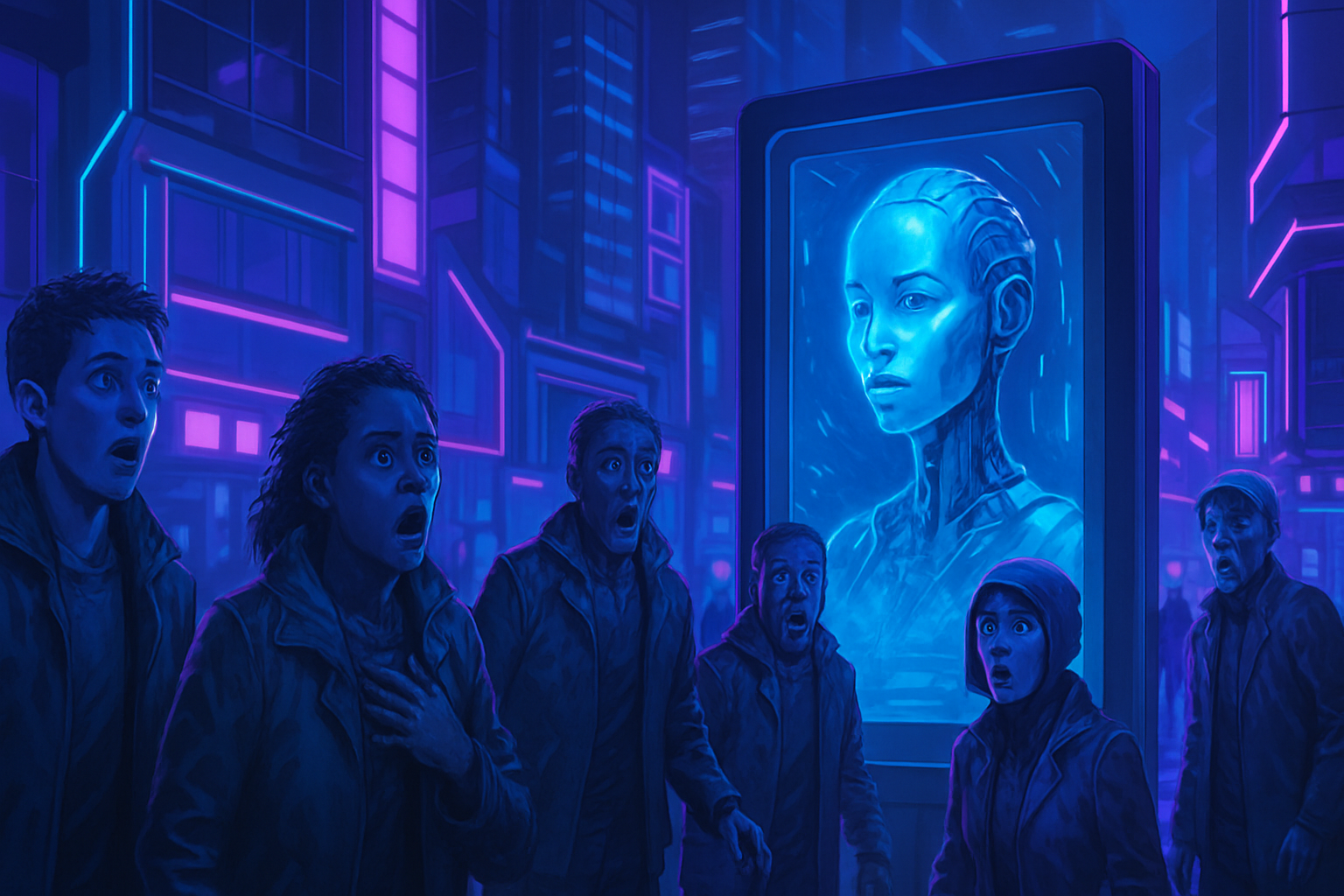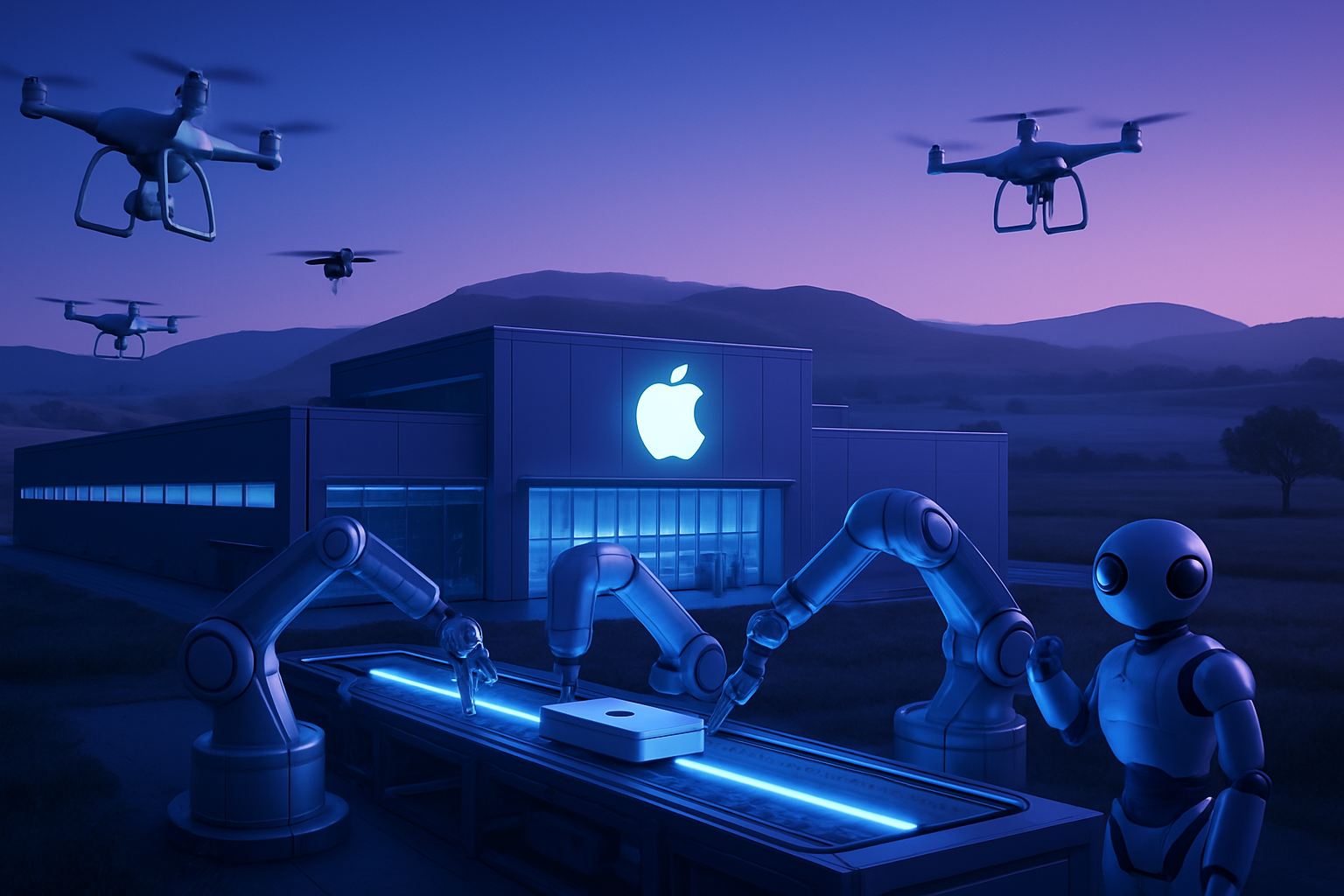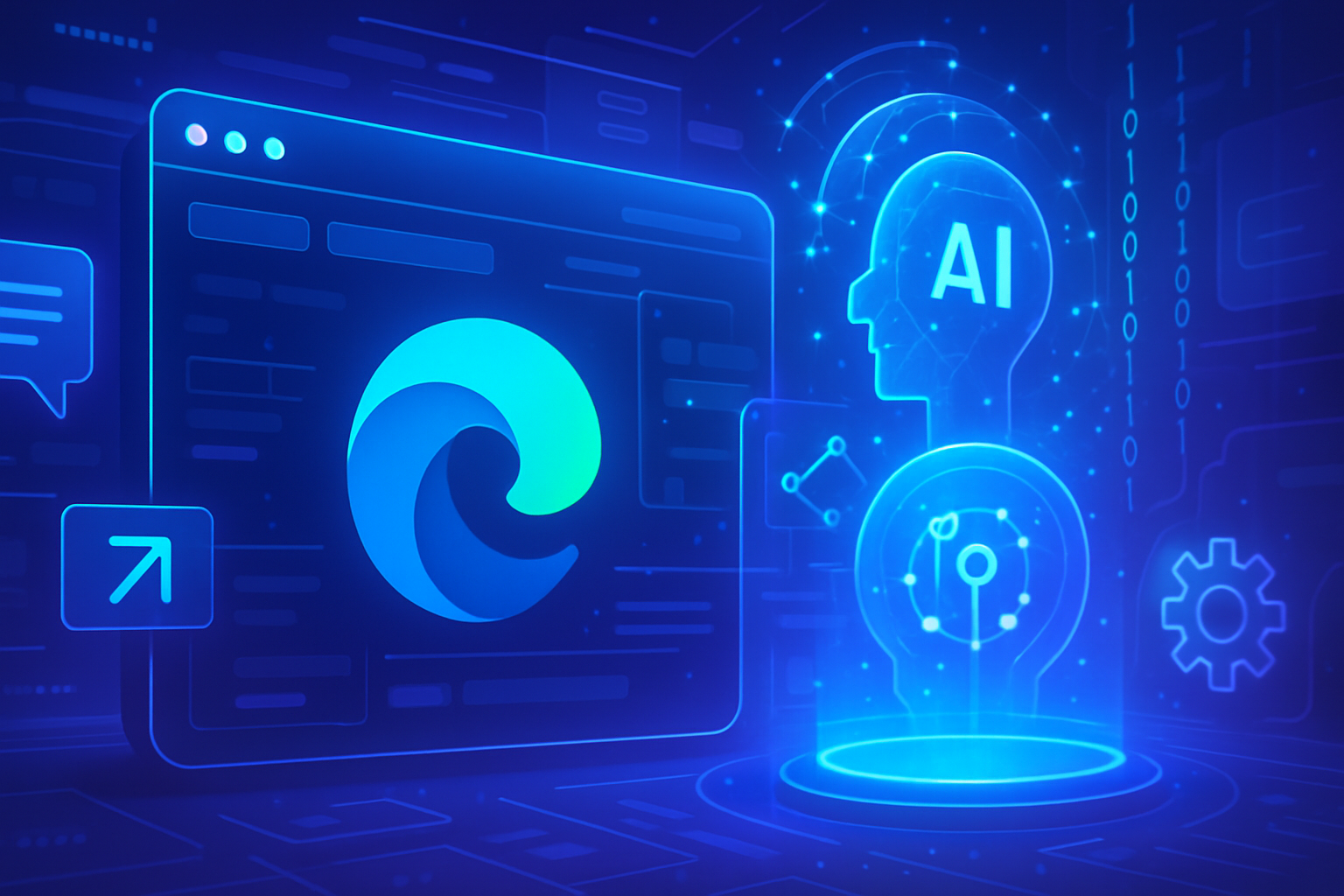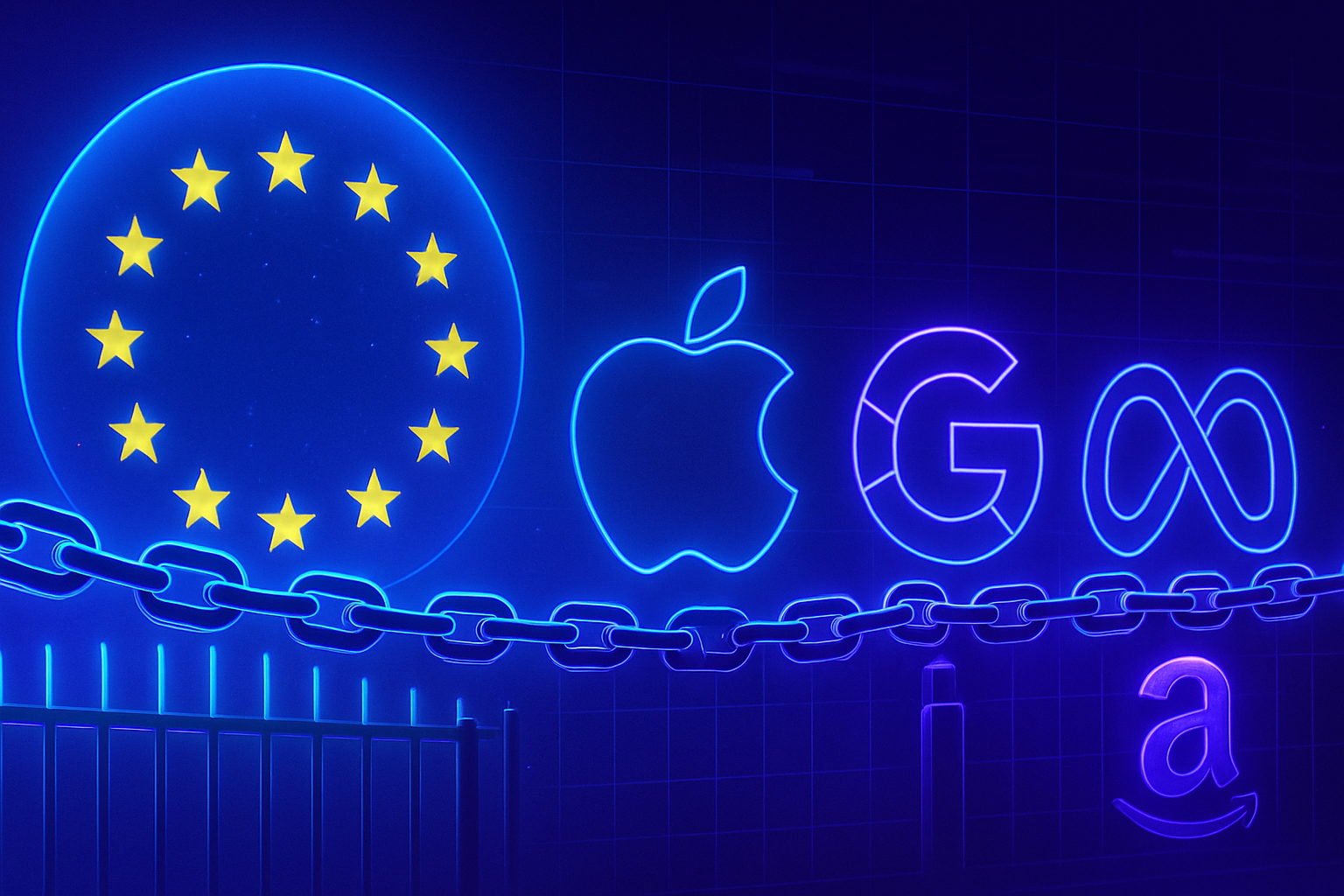OpenAI is revolutionizing the way we conceive artificial intelligence agents with AgentKit, an unprecedented digital suite. This ambitious device drastically simplifies the development of complex automations through an intuitive graphical interface. Developers can thus create enhanced workflows while benefiting from a seamless integration of third-party solutions. Each component of AgentKit, such as the Agent Builder and the Connector Registry, catalyzes innovation by optimizing the deployment of specialized agents. A centralized data management improves efficiency, while minimizing the risk of errors. AgentKit sets a new standard for automation and propels the industry towards unexplored horizons.
Introduction to AgentKit
OpenAI recently launched AgentKit, an SDK designed for the design, deployment, and optimization of artificial intelligence agents. This digital suite, introduced on October 6, revolutionizes how developers can design complex automations. Inspired by tools such as N8N or Zapier, AgentKit offers an intuitive and functional graphical interface.
Key Components of AgentKit
AgentKit consists of three essential elements, each contributing to the development of sophisticated orchestrations in the field of AI.
Agent Builder
The central tool of the suite is Agent Builder. It provides a visual creation interface built on a system of connected nodes. Each node illustrates a key step in the workflow. Whether it concerns a specific agent, an external tool, or a control rule, the user can easily build their model using a simple drag-and-drop method.
This component also allows for precise configuration of inputs and outputs for each element while offering real-time testing features. The built-in guardrails modules ensure not only the safety of agents but also their effectiveness. Once the workflow is finalized, developers have two options for deployment: export it as code for integration or use ChatKit directly.
Connector Registry
The second component, Connector Registry, centralizes data management within the workflow. Administrators can easily manage pre-configured connectors such as Dropbox or Google Drive. Centralization allows for consistent data management across multiple workspaces while remaining accessible via an API.
ChatKit
For the deployment of chat-based agents, ChatKit plays a fundamental role. This module simplifies the management of continuous responses as well as the display of models’ reasoning. Integration with Agent Builder is done using a workflow identifier, allowing for customization of chat interfaces. The goal of ChatKit is to provide a chat agent ready for production environments.
Advanced Features
AgentKit also includes Evals, a platform dedicated to evaluating the capabilities of workflows. This module allows for the rapid creation of evaluation datasets and analyzes pain points of agents. These features automate the optimization of prompts while providing an assessment of models from other providers.
Model Optimization
The reinforcement fine-tuning module allows for the refinement of OpenAI models. This method rewards the model for outcomes that meet expectations, thereby steering its behavior towards specific needs. Usable with the o4-mini and GPT-5 models, these adjustments favor the appropriate tool calls during the execution of workflows, thus integrating a clear definition of optimal response criteria.
Accessibility and Pricing
OpenAI has already made AgentKit available to all developers. The ChatKit and Evals components are in final version, while the Agent Builder and Connector Registry remain in beta phase. No additional cost is required, as OpenAI only charges for API calls to the models, according to its usual pricing grid.
Frequently Asked Questions
What is AgentKit and what is its main objective?
AgentKit is an SDK developed by OpenAI that aims to simplify the creation, deployment, and optimization of artificial intelligence agents. Its main objective is to facilitate the design of complex automations via an intuitive graphical interface.
How does the Agent Builder work in AgentKit?
The Agent Builder allows developers to create agent workflows via a visual interface based on connected nodes. Each node represents a step in the workflow, and developers can easily build the process using a drag-and-drop system while configuring the inputs and outputs of each component.
What types of connectors are available with Connector Registry?
The Connector Registry centralizes various pre-configured connectors such as Dropbox, Google Drive, SharePoint, and Microsoft Teams, allowing for efficient data management in the agent workflow.
How can I deploy a chat agent with ChatKit?
To deploy a chat agent with ChatKit, simply pass the workflow identifier created in the Agent Builder. This allows for the customization of the chat user interface and the real-time management of responses.
What is the Evals platform included in AgentKit?
Evals is a platform that allows for evaluating the performance of agent workflows, quickly building evaluation datasets and analyzing friction points to optimize agent functionality.
How does reinforcement fine-tuning (RFT) work in AgentKit?
RFT allows for refining a model by rewarding it when it produces expected results. This technique helps to tailor the model’s behavior to the specific needs of an agentic workflow and optimize its performance.
Is there any additional cost associated with using AgentKit?
No, OpenAI only charges for API calls to the models according to a standard pricing grid, without any additional cost for using AgentKit.






